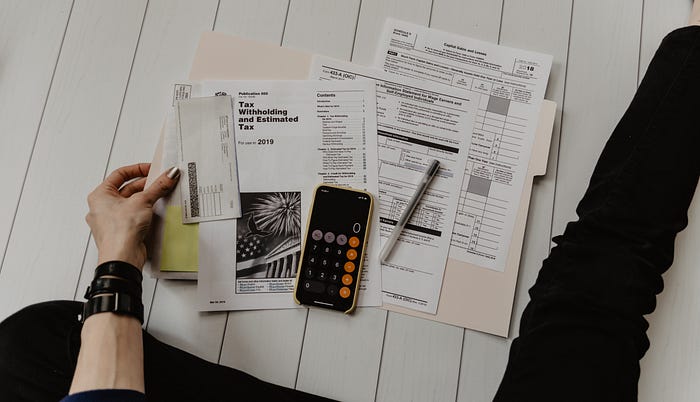Mastering Financial Statements: Your Guide to Balance Sheets
Written on
Chapter 1: Introduction to Financial Statements
Understanding financial statements is crucial for informed investing. While they may seem daunting, they can be simplified. In this guide, we will navigate through Apple's financial statements to better comprehend their structure and significance.

What Are Financial Statements?
Financial statements are comprehensive reports that public companies submit annually (10-K filings) and quarterly (10-Q filings) to the Securities and Exchange Commission (SEC). They typically include three key documents:
Balance Sheet
This document outlines a company’s assets and liabilities at a specific moment.
Income Statement
This shows the company's revenues and expenses over a designated period.
Cash Flow Statement
This tracks the cash inflow and outflow within the company.
Now, let's delve deeper into each statement.
Section 1.1: Understanding the Balance Sheet
The balance sheet is a snapshot of a company's financial position. It includes:
- Assets: What the company owns.
- Liabilities: What the company owes.
- Equity: The shareholders' investment in the company.
The formula is straightforward:
Shareholders' Equity = Assets - Liabilities
Exploring Apple's Balance Sheet
To examine a company's financial statements, visit the SEC website and search for the company's name or ticker symbol. For this analysis, I'll utilize Morningstar for its user-friendly interface.
The balance sheet for Apple from 2018 to 2022 shows clear sections:
- Assets
- Liabilities and Stockholders' Equity
Notice that the total amounts for each year (for instance, $365,725 in 2018) are identical in both sections. This consistency reinforces the formula:
Shareholders' Equity + Liabilities = Assets
Next, let's break down the components of the balance sheet.
Section 1.1.1: Assets Breakdown
Assets encompass everything a company owns, categorized into:
- Current Assets: These are expected to be converted into cash within a year.
- Non-Current Assets: These are held for longer than one year.
Let's explore each category.
Subsection 1.1.1.1: Current Assets
Current assets are vital for day-to-day operations and include:
- Cash: Readily available funds.
- Short-Term Investments: Investments maturing within a year.
- Accounts Receivable: Money owed by customers.
- Inventory: Goods intended for sale.
- Other Current Assets: Such as prepaid expenses and tax receivables.
Subsection 1.1.1.2: Non-Current Assets
Non-current assets, typically held long-term, consist of:
- Property, Plant, and Equipment: Tangible assets like machinery and buildings.
- Investments: Long-term holdings in stocks or bonds.
- Intangible Assets: Non-physical assets like patents and trademarks.
Congratulations! You now have a foundational understanding of the assets section of the balance sheet.
Chapter 2: Learning from Financial Statements
The video "Learn How To Read Financial Statements for Dummies - Balance Sheet & Income Statement {the basics}" provides a foundational overview of financial statements, making them accessible for beginners.
The second video, "How To Read & Analyze The Balance Sheet Like a CFO," delves deeper into balance sheet analysis, offering insights akin to a Chief Financial Officer's perspective.
In the next article, we will explore other financial documents. Be sure to subscribe to my Substack for further insights and check out my books for more in-depth information!